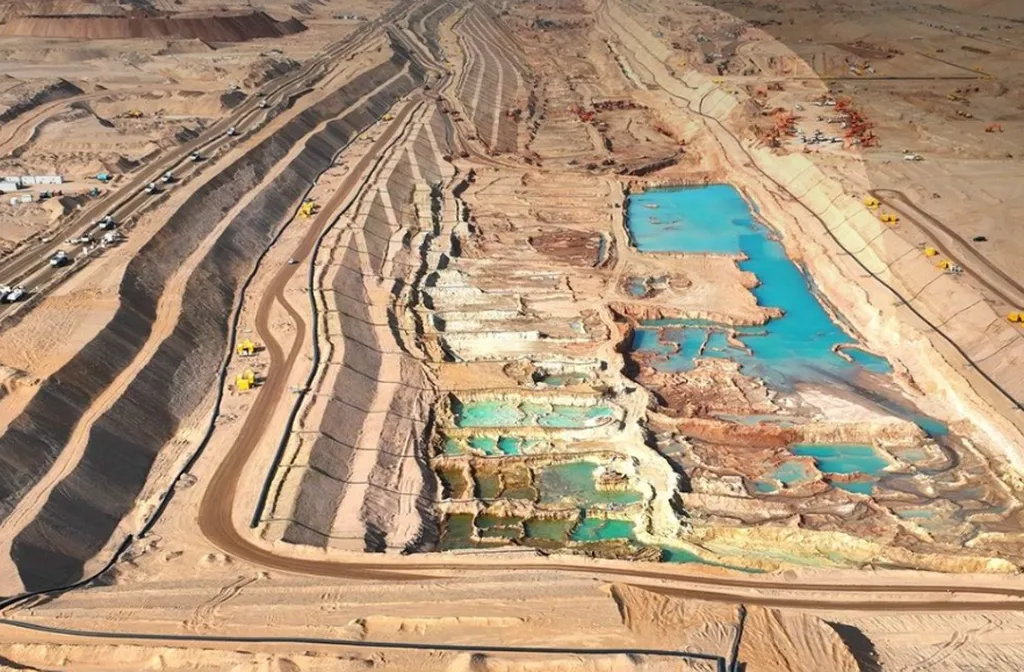In the heart of bustling cities, where space is at a premium, the construction of new tunnels adjacent to existing ones has become a necessity for sustainable urban development. However, this endeavor presents significant geotechnical challenges, particularly in soft soil conditions. A groundbreaking study led by Abdullah H. Alsabhan from the Department of Civil Engineering sheds light on these challenges, offering crucial insights for the energy sector and beyond.
The research, published in the journal ‘Advances in Civil Engineering’ (which translates to ‘Advances in Civil Engineering’ in English), focuses on the impact of constructing a new two-lane tunnel (8 meters in diameter) near an existing smaller tunnel (5 meters in diameter) in soft soil. The findings are particularly relevant for the energy sector, where underground infrastructure is crucial for transporting resources and maintaining grid stability.
Alsabhan and his team initially developed a scaled physical model to observe surface settlement and tunnel deformations. These observations were then validated using two-dimensional finite element analysis. The results were striking. “Reducing the spacing between the tunnels from 2.5 times the diameter of the new tunnel (20 meters) to 1.0 times the diameter (8 meters) significantly increased surface settlement from 34 to 60 millimeters,” Alsabhan explained. This finding underscores the importance of careful planning and design in tunnel construction, especially in densely populated urban areas.
The study also explored the effects of varying tunnel spacing under different conditions, including dry soil, saturated soil, and seismic loading. The results revealed that saturation of the surrounding soil caused a 19.8% reduction in effective stress, further amplifying tunnel deformation. Seismic loading, simulated using the Koyna earthquake accelerogram, led to a 140% increase in surface settlement, reaching a maximum of 56 millimeters. These findings highlight the critical challenges in designing and constructing new tunnels near existing ones, particularly in areas with a high groundwater table or seismic activity.
The implications of this research are far-reaching. For the energy sector, where underground pipelines and tunnels are essential for transporting oil, gas, and other resources, these findings underscore the need for advanced stabilization measures and robust design methodologies. As cities continue to expand and underground space becomes increasingly valuable, the ability to construct new tunnels safely and efficiently will be crucial.
The study also emphasizes the importance of geotechnical planning. “Reducing tunnel spacing below 1.5 times the diameter of the new tunnel poses significant risks, including excessive deformation and settlement,” Alsabhan warned. This insight will be invaluable for engineers and planners as they navigate the complexities of urban underground space development.
As the demand for sustainable urban development grows, so too will the need for innovative solutions in tunnel construction. This research, published in ‘Advances in Civil Engineering’, provides a solid foundation for future developments in the field, offering a roadmap for safe and efficient tunnel construction in soft soil conditions. The energy sector, in particular, stands to benefit greatly from these insights, as it continues to expand and adapt to the challenges of the 21st century.

